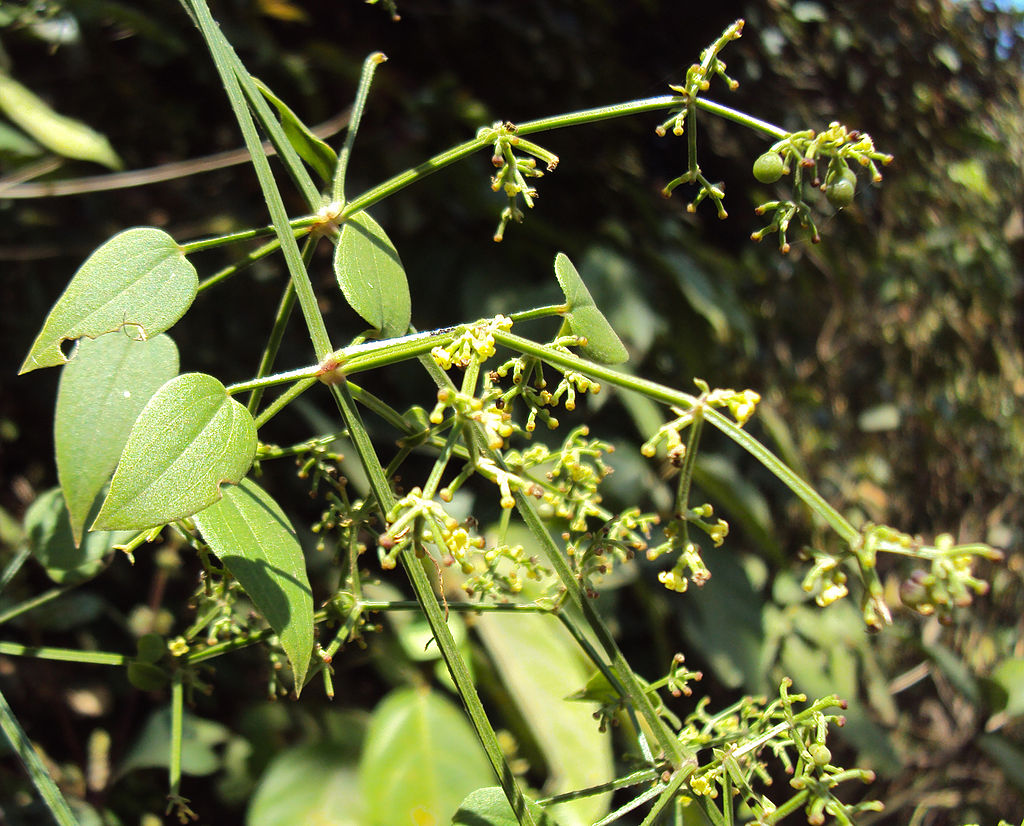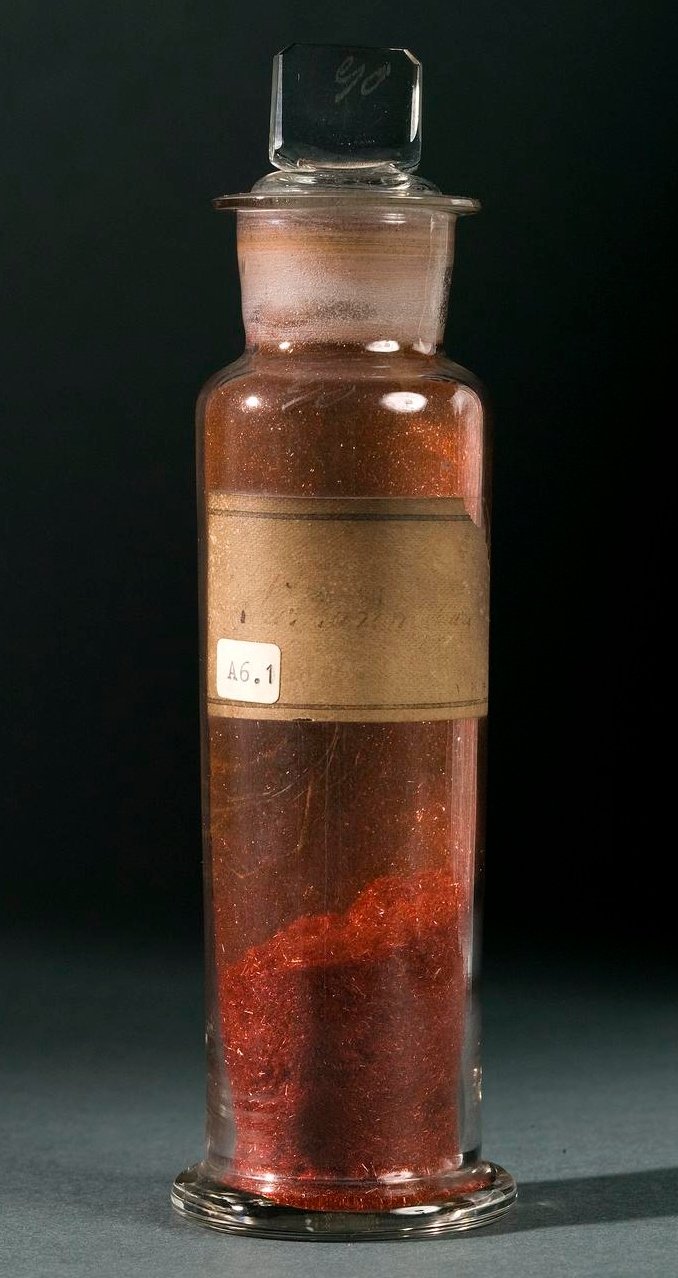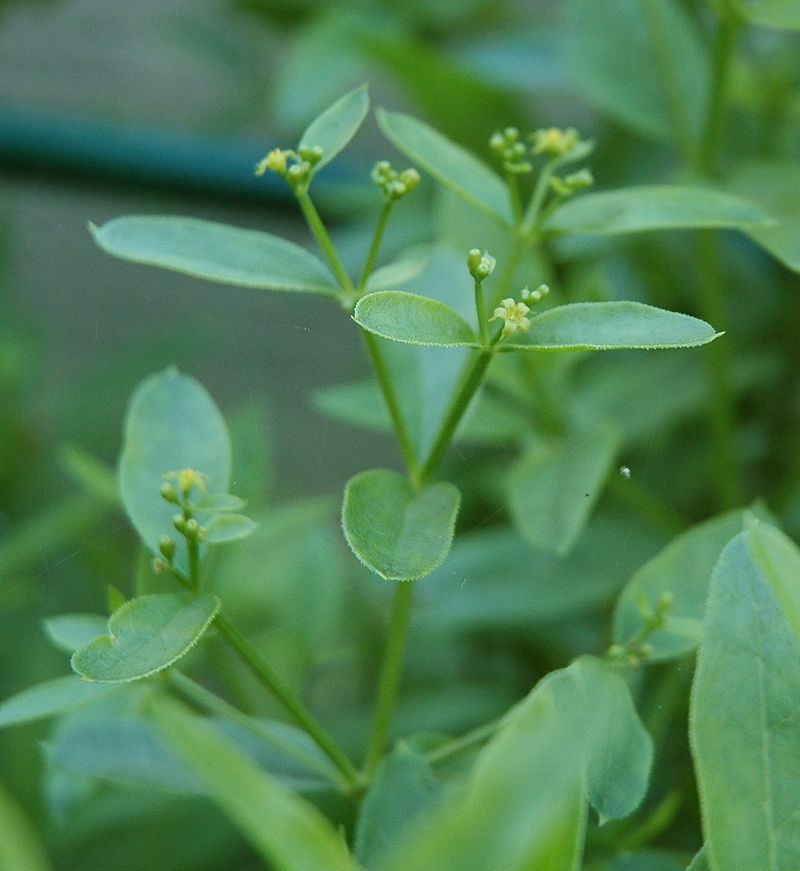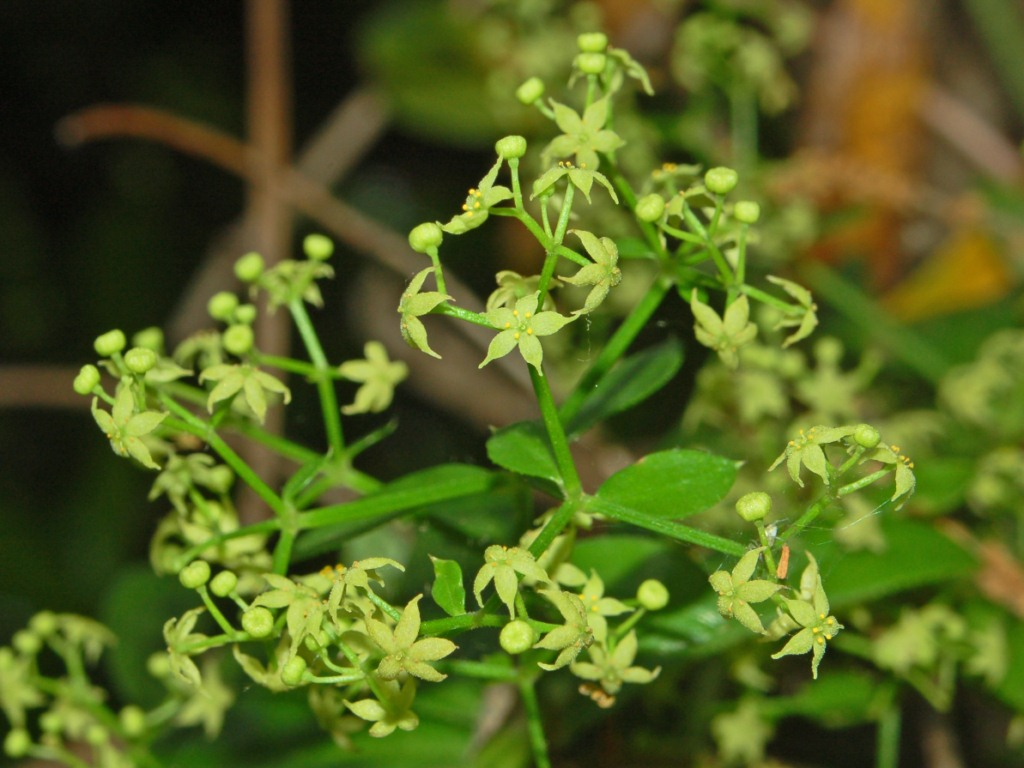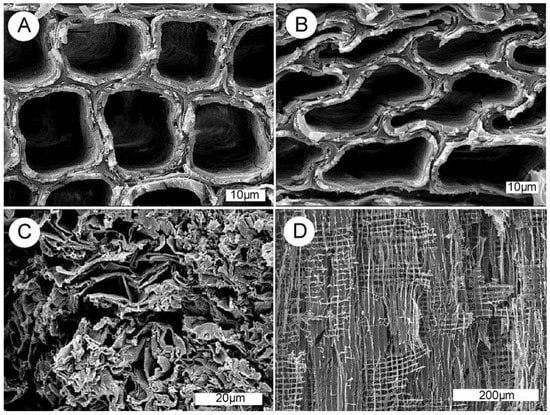Plants
-
Rose madder aka madder
Rose madder (also known as madder) is a red paint made from the pigment madder lake, a traditional lake pigment extracted from the common madder plant Rubia tinctorum. Madder lake contains two organic red dyes: alizarin and purpurin. As a paint, it has been described as a fugitive,… Read more.
·
-
1,3-Dihydroxyanthraquinone aka purpuroxanthin or xanthopurpurin
1,3-Dihydroxyanthraquinone, also called purpuroxanthin or xanthopurpurin, is an organic compound with formula C14H8O4 that occurs in the plant Rubia cordifolia (Indian madder). It is one of ten dihydroxyanthraquinone isomers. Its molecular structure can be viewed as being derived from anthraquinone by replacement of… Read more.
-
1,2,4-Trihydroxyanthraquinone aka purpurin
1,2,4-Trihydroxyanthraquinone, commonly called purpurin, is an anthraquinone. It is a naturally occurring red/yellow dye. It is formally derived from 9,10-anthraquinone by replacement of three hydrogen atoms by hydroxyl (OH) groups. Purpurin is also called verantin, smoke Brown G, hydroxylizaric acid, and C.I.… Read more.
-
Rubia tinctorum aka rose madder, common madder, dyer’s madder
Rubia tinctorum, the rose madder or common madder or dyer’s madder, is a herbaceous perennial plant species belonging to the bedstraw and coffee family Rubiacea. Description The common madder can grow up to 1.5 m in height. The evergreen leaves are approximately 5–10 cm long and 2–3 cm… Read more.
-
Rubia cordifolia aka common madder or Indian madder
Rubia cordifolia, often known as common madder or Indian madder, is a species of flowering plant in the coffee family, Rubiaceae. It has been cultivated for a red pigment derived from roots. Common names of this plant include manjistha in Sanskrit, Marathi, Kannada and Bengali, majith in Hindi and Gujarati,… Read more.
-
Rubia peregrina aka common wild madder
Rubia peregrina, the common wild madder, is a herbaceous perennial plant species belonging to the bedstraw and coffee family Rubiaceae. Etymology The genus name Rubia derives from the Latin ruber meaning “red”, as the roots of some species (mainly Rubia tinctorum) have been used since… Read more.
-
Digestive enzymes
In carnivorous plants digestive enzymes and acids break down insects and in some plants small animals. In some plants the leaf collapses on the prey to increase contact, others have a small vessel of… Read more.
-
Mummified wood
Mummified wood are fossils of wood that have not permineralized. They are formed when trees are buried rapidly in dry cold or hot environments. They are valued in paleobotany because they retain… Read more.
-
Jet
Jet is a type of lignite, the lowest rank of coal, and is a gemstone. Unlike many gemstones, jet is not a mineral, but is rather a mineraloid. It is derived from wood that has changed under extreme pressure. The… Read more.
-
Wood Opal
Wood opal is a form of petrified wood which has developed an opalescent sheen or, more rarely, where the wood has been completely replaced by opal. Other names for this opalized sheen-like wood are opalized… Read more.

